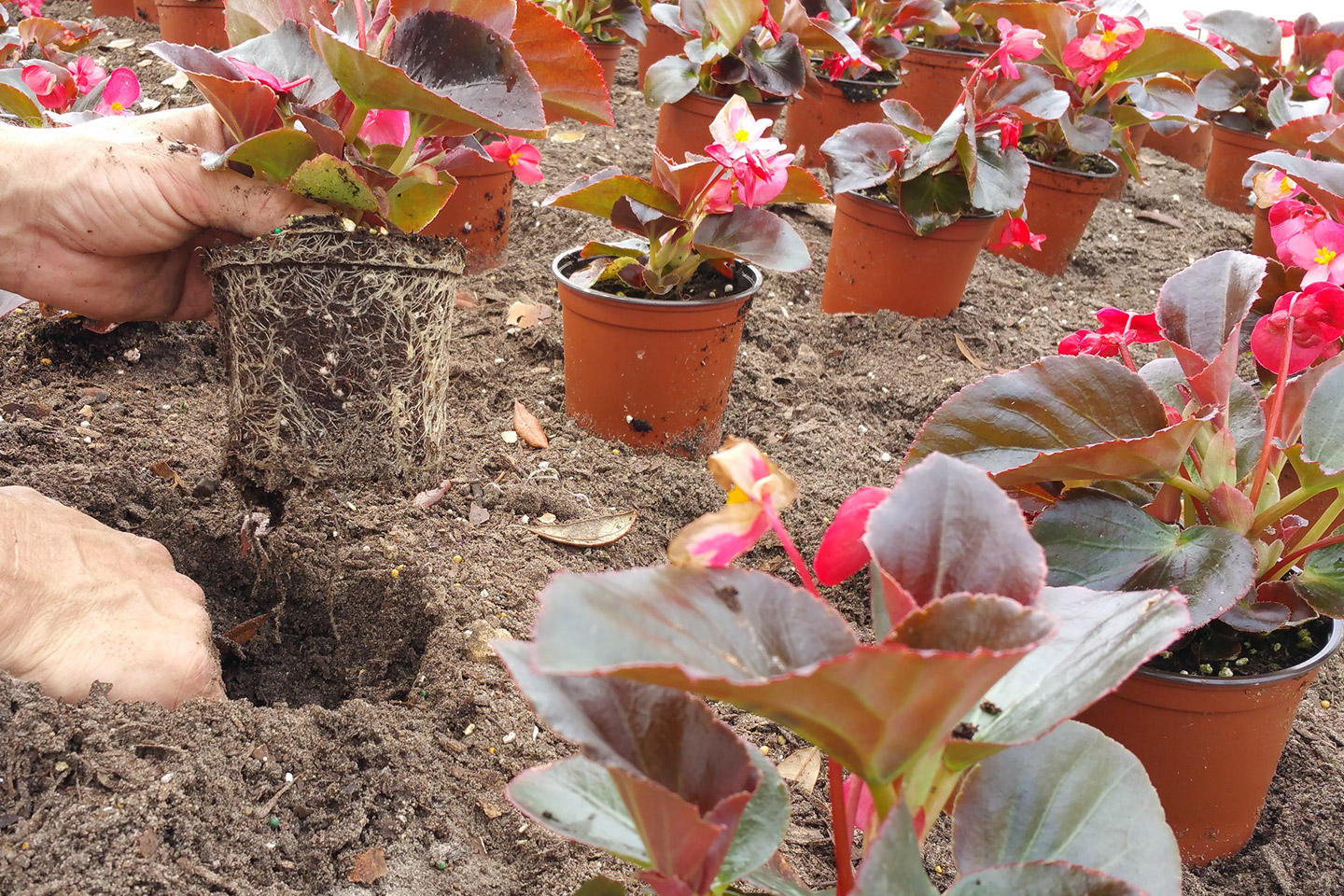Florida Friendly vs Florida Native - Sit Down with CEPRA
There has been much debate among the plant community regarding, "What's better for my Florida landscape - native plants, or friendly plants?" While everyone agrees that what's most important is "Right Plant, Right Place," there's a lot to discuss on what constitutes as the right plant. As environmental stewards, it is important to not install plants that threaten the fragile native populations. While it's easy to discourage using plants with a tendency to behave invasively, there has been a greater discussion occurring regarding skipping friendly plants and using only native plants. Should we only use native plants in our landscape? What would that look like? How can we ensure a beautiful landscape while also protecting our fragile natural habitats?
What Makes A Plant Invasive?
A plant is considered invasive when it outcompetes the native plants in the area. Invasive plants are non-native, having been introduced to the area either purposefully or by accident, and are successful in multiplying in the habitat. They have few natural enemies to keep their populations in check. These plants displace the non-invasive species, often creating an imbalance in the local ecology. Invasive plants can also be considered harmful to human health and activities, disrupting local economies and environments.
The Florida Exotic Pest Plant Council (FLEPPC) updates their list of invasive plant species every 2 years. There are currently 79 plant species considered to be invasive. While this is not a definitive list, it is an excellent guide to ensure that the plants you are using are not a threat to the local flora.
Examples of invasive plants:

Asparagus Fern, Asparagus aethiopicus
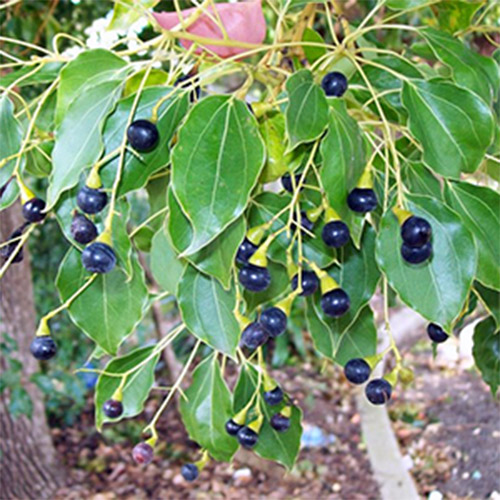
Camphor Tree, Cinnomomum camphora

Brazilian Pepper, Schinus terebinthifolius
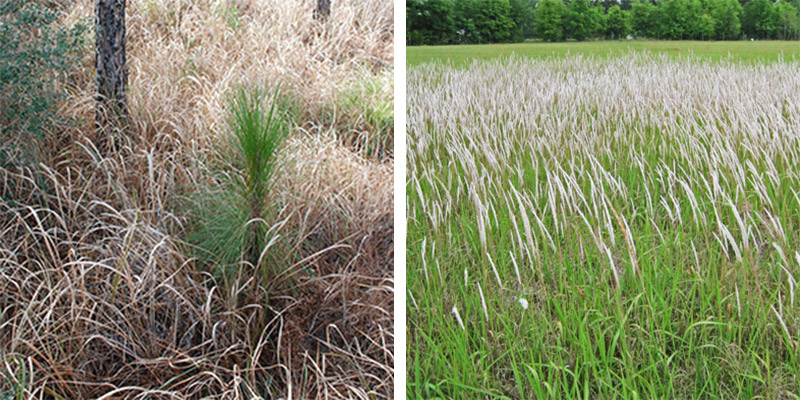
Cogongrass, Imperata cylindrica
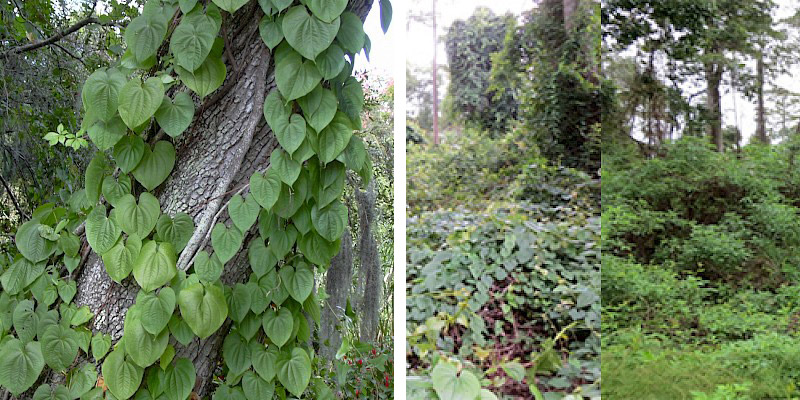
Air-potato Vine, Dioscorea bulbifera
What is a Florida Friendly Plant?
A Florida Friendly plant is a plant that is not native but does not outcompete the natural environment. These plants do not interfere with the natural environment, and often support human interests, such as health and economic activities. Over 1,400 of Florida's plants are considered non-native.
Not all introduced species are inherently bad. Some species are ubiquitous in landscapes due to their low-maintenance growth habits. With proper care and maintenance, we can enjoy these plants without disrupting the local flora.
The Florida Friendly Landscaping Program details the benefits provided from upgrading your landscape with Florida Friendly plants. These benefits range from removing nuisance plant material, to cost savings from reduced maintenance and irrigation needs. The program emphasizes 9 principles, from "Right Plant, Right Place" to "Protecting the Waterfront."
Examples of Florida Friendly plants:

Mulhy Grass, Muhlenbergia capillaris
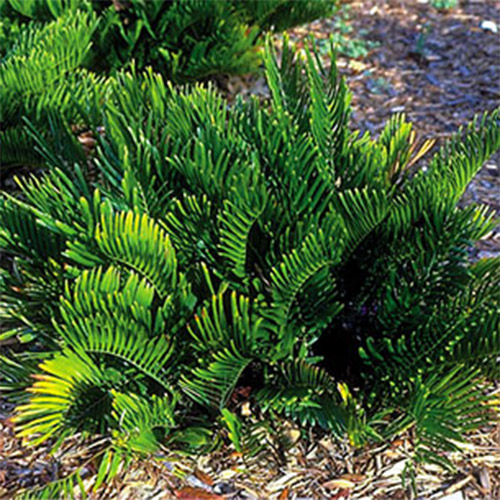
Coontie Palm, Zamia integrifolia
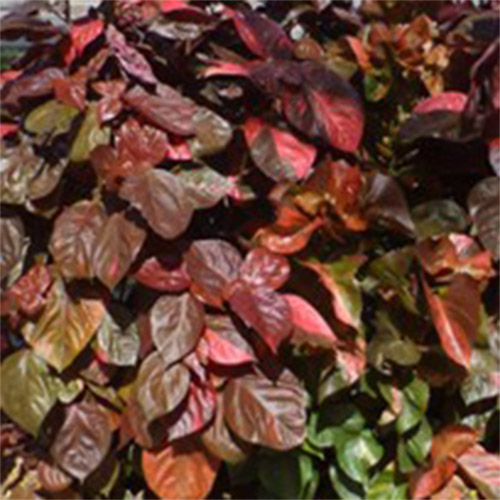
Copperleaf, Acalypha wilkesiana
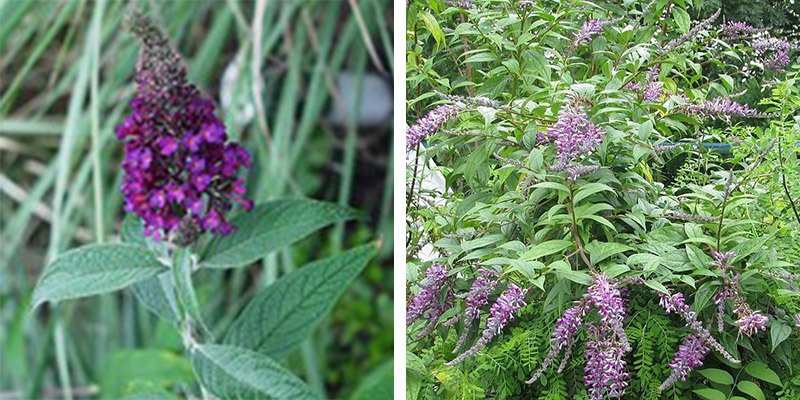
Butterfly Bush, Buddleia lindleyana
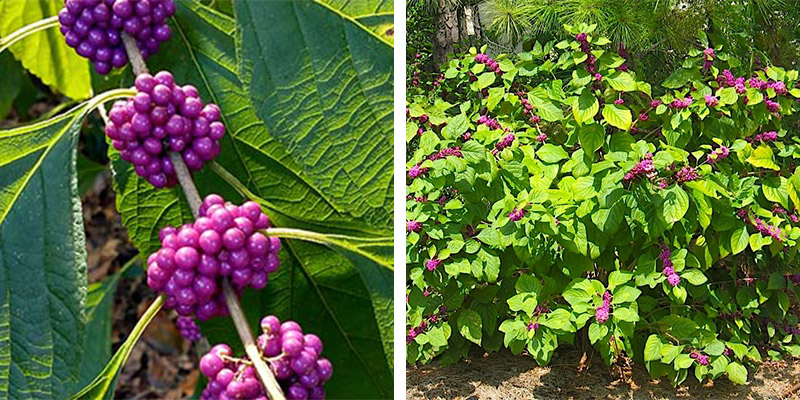
Beautyberry, Callicarpa americana
Why Aren't Florida Friendly Plants All Native?
Florida Friendly specifically refers to "quality landscapes that conserve water, protect the environment, are adaptable to local conditions, and are drought tolerant." Native plants are considered just that simply because they naturally evolved here. Both types of plants thrive in the local climate without displacing the existing plant life. Both are considered low-maintenance, requiring minimal irrigation and pest/disease management.
Examples of Florida Native plants:
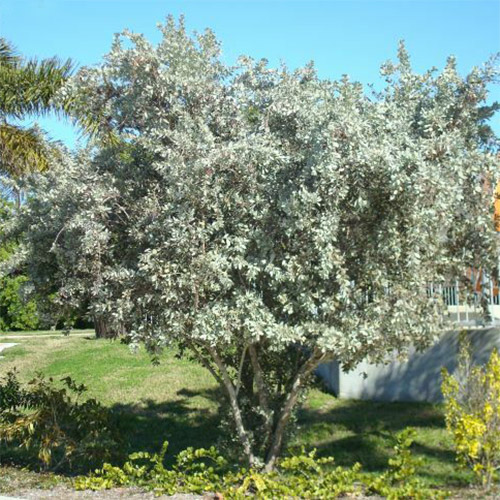
Buttonwood, Conocarpus erectus
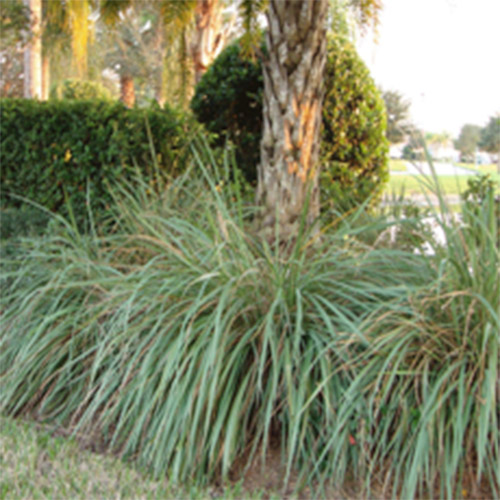
Fakahatchee Grass, Tripsacum dactyloides

Yaupon Holly, Ilex vomitoria

Lanceleaf Blanket Flower, Gaillardia aestivalis

Firebush, Hamelia patens
Which Is Better For My Landscape?
A balance between the two is a great goal. The perk of having native plants in your landscape is that the plants will require minimal maintenance since they are well-adapted for the microclimates. However, having a strictly native palette limits the potential designs for the community. For example, if color is a goal, you would benefit from using a mix of friendly and native.
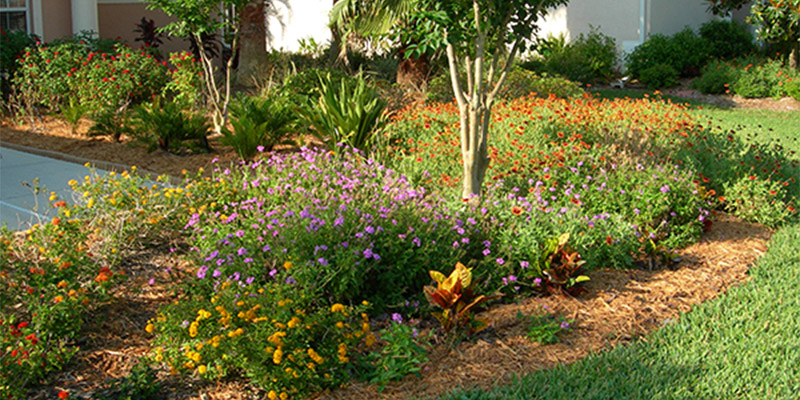
Conclusion
As environmental stewards, it is important to consider the environmental impact of your selected plant palette. Having a mix of Florida Friendly and Florida Native plants is the best way to ensure a diverse landscape while also preserving the characteristics of the natural environment. With proper research and care, your landscape will be both beautiful and true to its natural heritage.
For a full guide of Florida Friendly & Native plants, please visit Florida Friendly Landscaping.
